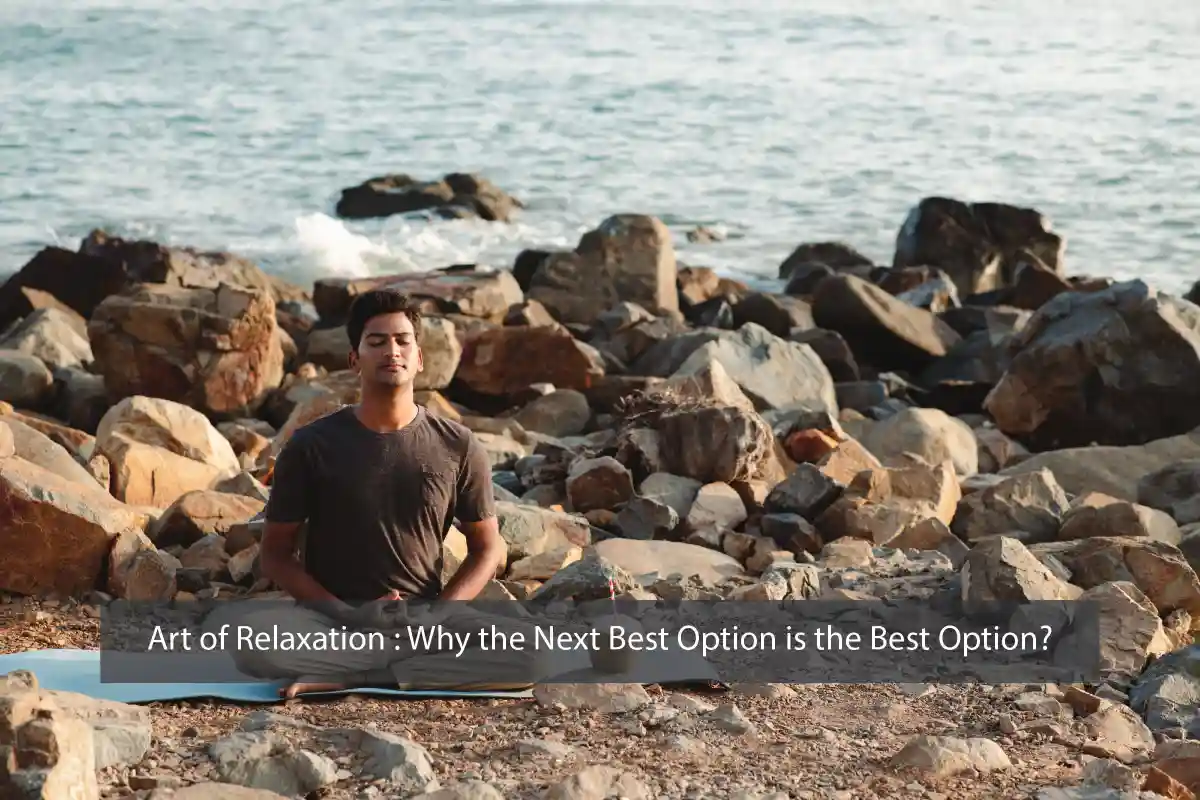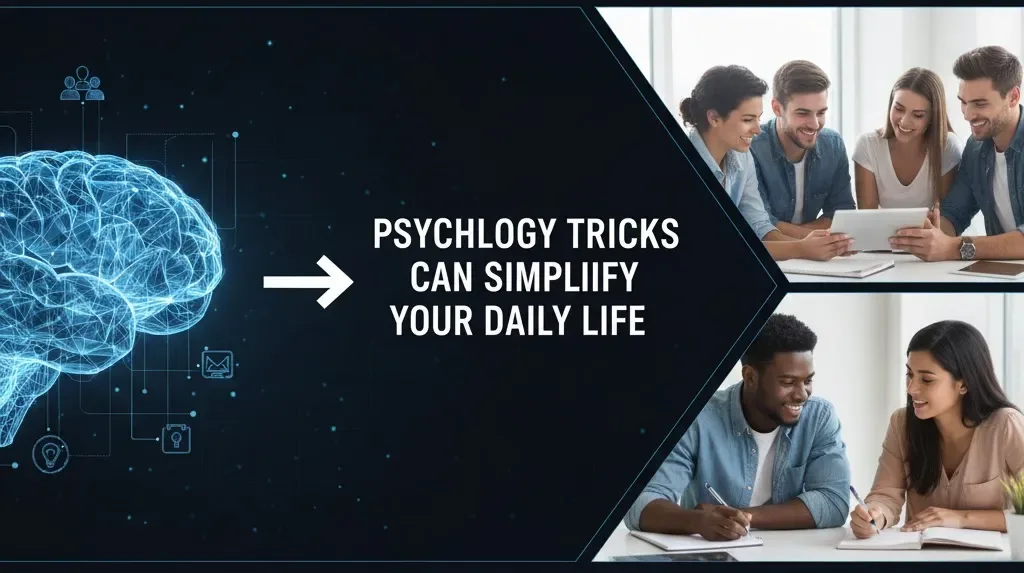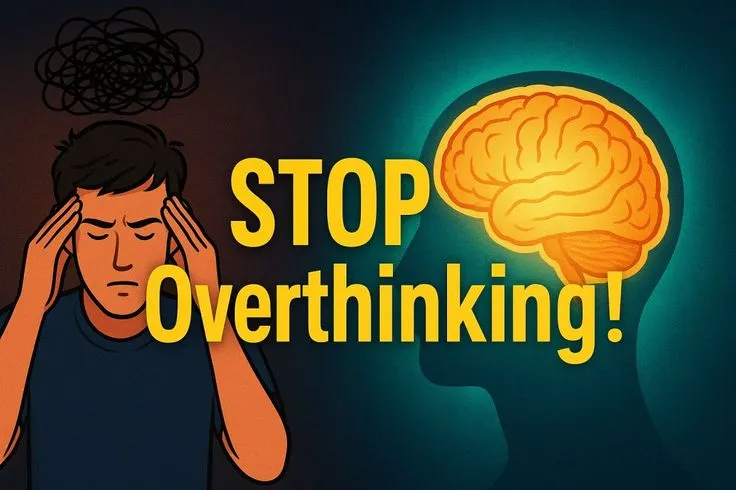Relaxation refers to the state of being free from tension, stress, or anxiety. When someone advises you to relax, it might not be about calming your nerves but rather changing your perspective on the problems you face. Here’s a counterintuitive piece of advice: instead of trying to relax yourself, try relaxing your problems.
Consider the case of Lincoln Abraham, a lawyer with a challenging job that involves traveling extensively for cases. He decides to optimize his route, only to encounter the notorious traveling salesman problem—an intractable problem practically impossible to solve as the number of towns increases. This predicament becomes an opportunity to learn how to approach problems with unreachable optimal answers, a lesson in how to relax problems.
The simplest way to relax a problem is to loosen one or more of its constraints. In the case of the traveling salesman problem, allowing the salesman to revisit the same town multiple times eases the difficulty considerably. While this solution may not be the ideal one, it becomes a practical alternative—the next best thing to an optimal solution. In real-life situations, the next best solution often becomes the best solution, as the effort for greater accuracy may not be worth the incremental benefit.
We unknowingly apply problem relaxation in our daily lives. Consider moments when you’ve asked yourself, “If money wasn’t a problem, would I be doing what I’m about to do?” This act of imagining a scenario with fewer constraints is a form of relaxation, helping you make progress in a looser version of the problem before translating it back to reality. It provides direction if not a perfect solution.
While we may not face Lincoln Abraham’s routing problem, real-life situations often require us to relax constraints. Whether delivering a five-day project in two days or condensing a one-hour presentation into 10 minutes, we find ourselves employing strategies of relaxation—compromising on output quality or adjusting timelines.
Relaxation serves as an effective antidote to analysis paralysis. Rather than seeking a perfect solution, businesses that move swiftly in ambiguous environments ask, “How close can we get to the perfect solution with a relaxed problem?” The answer is often surprisingly close.
To navigate challenging problems, it’s essential to embrace the idea that accepting solutions that are “close enough” can be a powerful strategy. Instead of endlessly pursuing perfection, consider imagining easier versions of the problem and tackling those first. This approach, when applied thoughtfully, becomes a practical and efficient way to make progress.
In essence, the message is clear: by being open to solutions that are close enough, even the most complex problems can be effectively addressed. This essay aims to help readers systematize their decision-making process, offering a valuable tool for navigating life’s intricacies.








